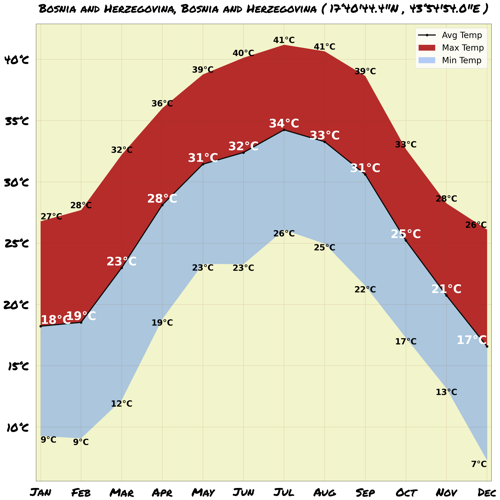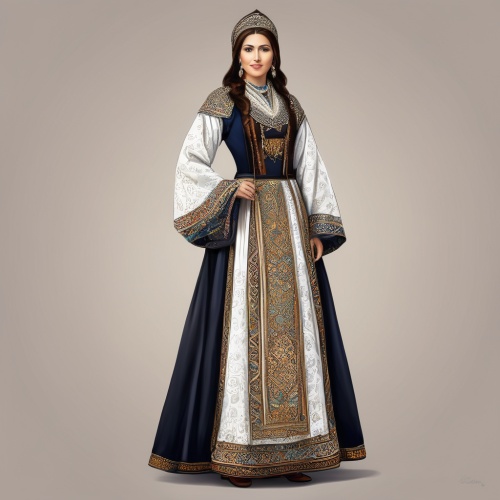Understand
Bosnia and Herzegovina, a country torn apart by war in the 1990s, has made significant progress towards political and social unity. Initially, the idea of a unified Bosnian-Herzegovinian nationality only applied to the nation's Muslims, known as Bosniaks. The Croatians and Serbs of Bosnia and Herzegovina, on the other hand, looked towards Serbia and Croatia for guidance and considered them their mother countries. This led to aspirations for political union with either Serbia or Croatia as the Yugoslav state began to collapse. This desire for political union turned into a devastating conflict in 1992. Bosnia and Herzegovina faced attacks from the Serbian-led Yugoslav National Army and insurgent Bosnian Serbs. In 1993, Croatia joined the aggression with insurgent Bosnian Croat forces. The situation escalated to the point where the Croatian-Bosniak alliance fought Serbian forces on the ground, while NATO intervened by attacking the Bosnian Serbs from the air. Eventually, a peace treaty was reached with the help of the U.S. Clinton Administration and signed in Dayton, Ohio. This treaty divided Bosnia into two entities and the District of Brcko. Since then, the country has made significant progress, but there is still a long way to go in terms of complete political and social union. Currently, Bosnia-Herzegovina can be considered as one country with two or even three distinct parts. However, the central government is based in Sarajevo, and the country has a common currency, the Bosnian Mark (KM).
Map & Climate
Popular Foods
 ćevapi (pronounced [tʃěˈvapǐ]), are grilled, minced meat appetizers or fast food. They originated in the Balkans and are similar to kebabs or sausages. Traditionally made with ground beef or veal, they can also include other meats like pork or lamb. They are seasoned with various spices, including paprika, garlic, and black pepper.
ćevapi (pronounced [tʃěˈvapǐ]), are grilled, minced meat appetizers or fast food. They originated in the Balkans and are similar to kebabs or sausages. Traditionally made with ground beef or veal, they can also include other meats like pork or lamb. They are seasoned with various spices, including paprika, garlic, and black pepper.  Bosnian burek (or börek) is a savory pastry made of layers of thin dough filled with various ingredients, such as minced meat (beef, lamb, or chicken), cheese, spinach, or ajvar (a red pepper and eggplant spread). It's a popular breakfast or lunch item in Bosnia and Herzegovina and other Balkan countries. The pastry is typically rolled up and cut into slices, served warm.
Bosnian burek (or börek) is a savory pastry made of layers of thin dough filled with various ingredients, such as minced meat (beef, lamb, or chicken), cheese, spinach, or ajvar (a red pepper and eggplant spread). It's a popular breakfast or lunch item in Bosnia and Herzegovina and other Balkan countries. The pastry is typically rolled up and cut into slices, served warm. Pita (or pite) is a traditional Bosnian flatbread similar to a pizza crust, but thicker and more elastic. It's often cooked in a wood-fired oven and served hot alongside various fillings, such as cheese, ajvar, kajmak (a type of creamy dairy product), or cured meats like prosciutto. Pita can be eaten as a snack, a meal, or even a dessert with sweet fillings like honey or sugar.
Pita (or pite) is a traditional Bosnian flatbread similar to a pizza crust, but thicker and more elastic. It's often cooked in a wood-fired oven and served hot alongside various fillings, such as cheese, ajvar, kajmak (a type of creamy dairy product), or cured meats like prosciutto. Pita can be eaten as a snack, a meal, or even a dessert with sweet fillings like honey or sugar.




Comments
NO COMMENTS